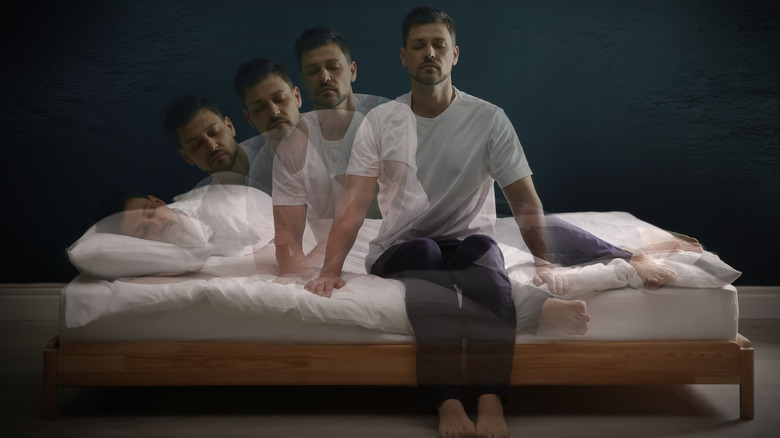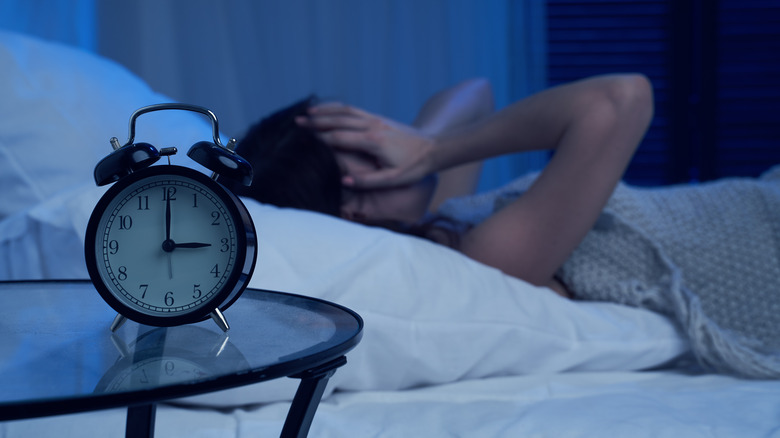What You Should Know About The Three Types Of Dyssomnia
Some people can fall asleep easily when their head hits the pillow at night after a long day. Others, however, may struggle with a sleep disorder that makes this more challenging for them to do. If sleeping effectively comes as a challenge for you, you are not alone. The Cleveland Clinic estimates that approximately 70 million people are affected by sleep disorders.
There are many factors that can contribute to the manifestation of a sleep disorder, including genetic predisposition, medications that impair sleep quality, psychological disorders, and conditions like asthma or ulcers. Fortunately, the Clinic lists available methods that may improve your quality of sleep, such as taking certain medications or supplements, counseling, visiting a sleep specialist, and implementing regular exercise into your daily routine.
There are different types of sleep disorders, and the term dyssomnia describes a list of sleep disorders that are characterized by an inability to fall asleep or the urge to sleep in excessive amounts, according to the Sleep Foundation. It is common for people struggling with dyssomnia to still feel tired upon waking in the morning and to experience sleepiness throughout the day. Dyssomnias differ from parasomnias, which are defined as disruptive sleep disorders that can include involuntary actions like sleepwalking or talking in your sleep, as further explained by the Cleveland Clinic.
The three forms of dyssomnia
There are three distinct types of dyssomnia, each with its own unique symptoms and causes. As Healthline explains, intrinsic sleep disorders are related to the body's internal regulation of sleep. Medical disorders can also contribute to intrinsic sleep disorders. Common sleep disorders that are classified under this category are insomnia, narcolepsy, and obstructive sleep apnea. Insomnia refers to difficulties falling asleep and staying asleep throughout the night. Those with narcolepsy have difficulty controlling their sleepiness, and may involuntarily fall asleep at random moments during the day. Finally, a collapsed upper airway can cause people to struggle with sleep apnea, according to the Sleep Foundation. Some additional sleep disorders that fall under this category are restless leg syndrome, periodic limb movement disorder, and hypersomnia.
The second form of dyssomnia is called extrinsic sleep disorders, which are connected to external factors. Sleep quality can be affected by poor sleep hygiene, like an unhealthy diet or insufficient daily exercise (per Healthline). Those who have nocturnal eating syndrome, which describes increased eating before bedtime, can also experience extrinsic sleep disorders because of the excess consumption of calories and sugar.
The final category of dyssomnia is circadian rhythm sleep disorders. The Sleep Foundation reports that these disorders interfere with the body's natural sleep-wake cycle. Individuals who work a night shift, experience jet lag disorder from traveling across time zones, or have delayed sleep phase syndrome may have a circadian rhythm sleep disorder.


